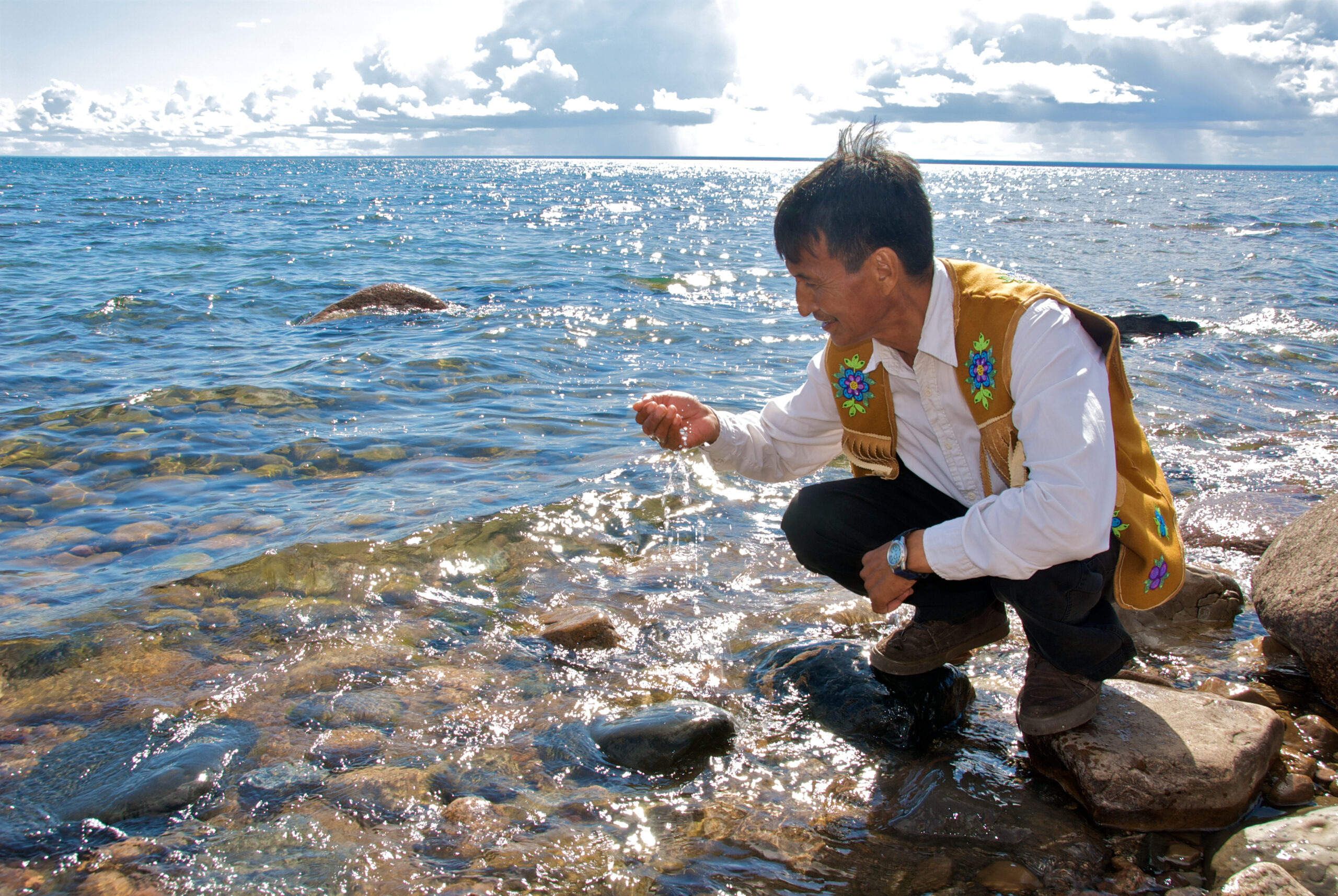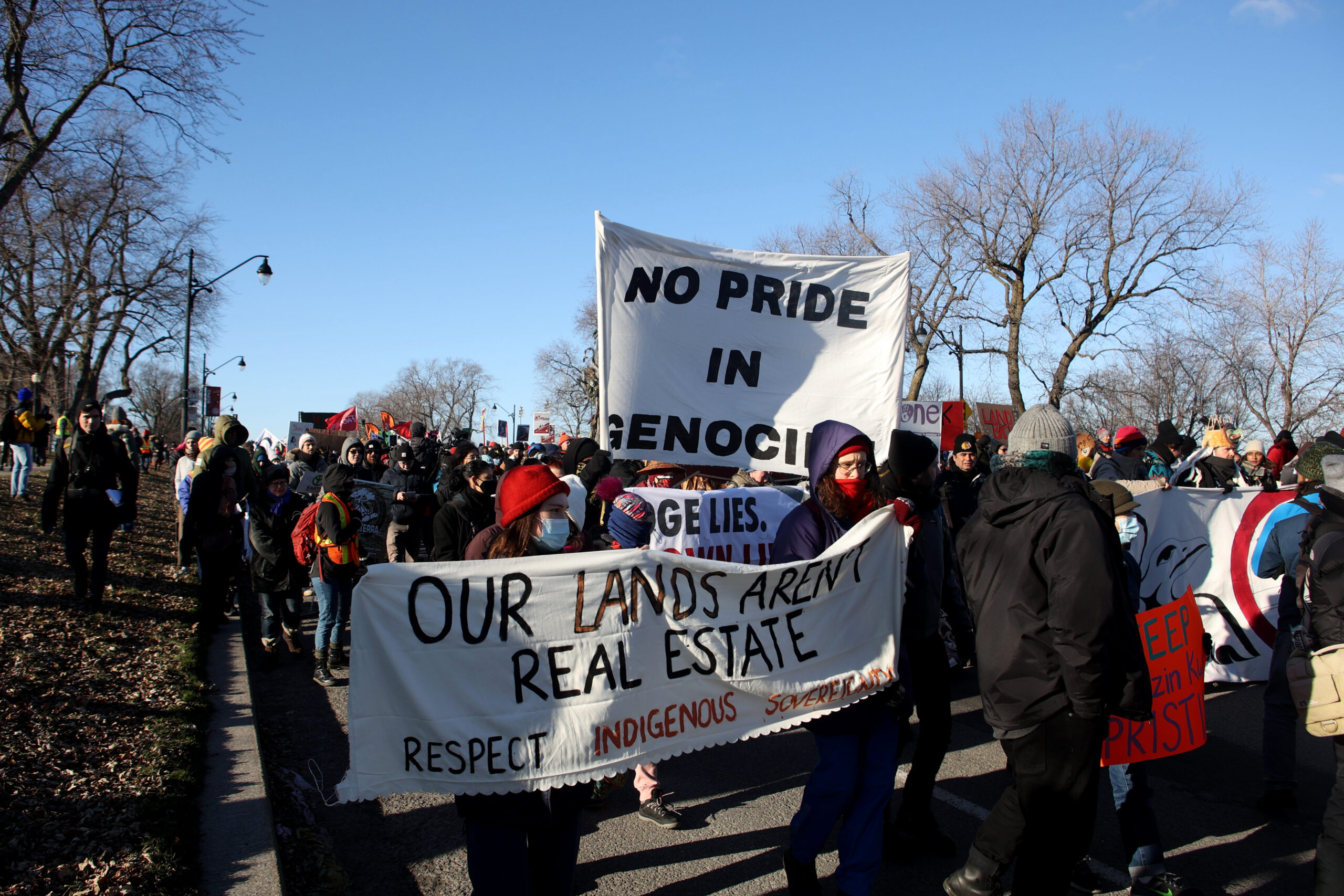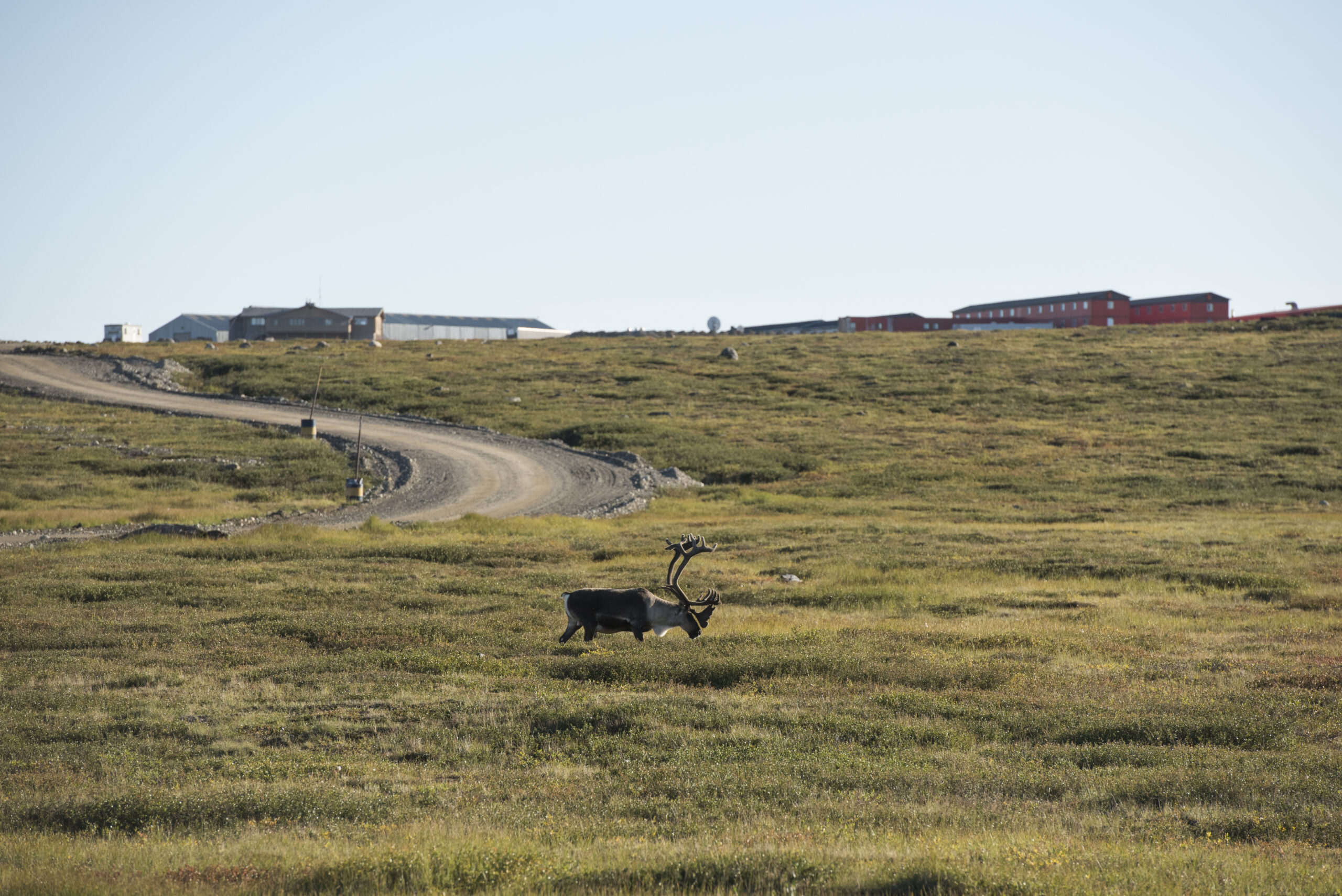
Water determines the Great Lakes Region’s economic future
Climate change, geopolitics and business opportunities power a blue economy
The eighth largest lake in the world is one step closer to becoming an Indigenous Protected and Conserved Area.
Tsá Tué, or Great Bear Lake, is the backyard, the highway and the provider for the community of Délı̨nę, according to Délı̨nę Ɂek’wahtı̨dǝ́ (Chief) Danny Gaudet. Tsá Tué covers more than 31,000 square kilometres — roughly the same size as Vancouver Island.
The Délı̨nę Got’ı̨nę Government, Northwest Territories and Canada committed to establishing the proposed Sahtú K’aowe Indigenous Protected and Conserved Area, which would conserve Tsa ́Tué, by signing a letter of intent on Dec 17. The announcement was made at COP15, the United Nations biodiversity conference, which is concluding in Montreal on Kanien’kéha territory. The letter of intent also commits to exploring options for long-term funding.
Tsá Tué will bring Canada about 0.3 per cent closer to its goal of protecting 25 per cent of land and water by 2025. The three levels of government agreed to include Tsá Tué in Canada’s protected and conserved areas database. Gaudet said they reached the terms of the letter of intent over the past month, and aim to have an agreement finalized in the spring and do all the necessary work to fully establish Sahtú K’aowe by 2025.

It may seem quick, but it’s the culmination of decades of work and a consistent vision from their Elders, Gaudet said.
“All the Elders, they’ve pushed really hard last month to try to make sure that our interest is taken care of and to support Canada in what its initiatives are,” he said.
“We owe a big part to the Elders teaching us the direction and the vision.”
The announcement came on the heels of Manitoba, Canada and four First Nations also committing to complete a feasibility study for the proposed Seal River Watershed Indigenous protected area, which would protect eight per cent of Manitoba.
“Supporting Indigenous-led conservation initiatives through strong partnerships such as this one makes meaningful contributions to targets in Canada,” federal Minister of Environment and Climate Change Steven Guilbeault said in a statement about protecting Tsá Tué. “By continuing to work together, we all benefit, and it’s the only way we can achieve our collective conservation goals.”
The Sahtú K’aowe protected area is blanketed by boreal forest, and is home to muskox, barren-ground caribou, moose and grizzly bears. The lake is the homeland of the Sahtúgot’ı̨nę, the Bear Lake People. The self-governing community Délı̨nę, which means ‘where the water flows,’ is the only community in the watershed.
The Sahtúgot’ı̨nę have been on a long path to protect Tsá Tué. From the 1940s to 1960s, 740,000 tonnes of uranium tailings were dumped in the lake, as documented in an episode of TVO’s Striking Balance.
The Sahtúgot’ı̨nę advocated for conserving the lake within their 1993 land claim, but the other levels of government refused.
Years later, in 2016, the Sahtúgot’ı̨nę successfully established the Tsá Tué Biosphere Reserve. The massive 93,000-square-kilometre reserve was the first to be established north of the 60th parallel, and the first to be led by Indigenous Peoples.

While the proposed Sahtú K’aowe Indigenous Protected and Conserved Area is called a “protected” area, Gaudet emphasized how they will still engage with the land. They will still hunt, fish and rely on the resources the lake provides — but in a respectful way according to their own laws.
“We still intend to develop resources around the lake,” he said. But what sets them apart from non-Indigenous extraction is that after they go into the bush and harvest resources there is “no evidence that we were there.”
“For us, that’s conservation,” he explained. “We’re certainly water-rich, we’re resource-rich, we have tons of minerals in and around the lake. So there’s still this idea that we could go and develop our resources, but we want to do it in a manner that’s respectful of the environment, it’s respectful of the lake and all the animals, plants and trees around us.”
Another element in the letter of intent that remains to be worked out is long-term funding. The Sahtú K’aowe protected area is connected to the Project Finance for Permanence Initiative in the Northwest Territories, which is a pilot project that aims to create funding agreements between private funders and all levels of governments that can “sustain healthy lands and local economies” for the long term.
The federal government recently committed to provide up to $800 million over seven years to support up to four projects for permanence Indigenous-led initiatives, which it says could protect one million square kilometres.
The letter of intent was signed just days before countries signed an agreement at COP15 to preserve 30 per cent of the world’s lands and waters. The agreement, reached on Monday, acknowledged the importance of Indigenous conservation.
According to a draft report of the COP15 meeting, Minister Guilbeault said: “Government has a central role but must work closely with civil society, the private sector, foundations, academia, citizens and the Indigenous and First Nations Peoples.”
Target One of the agreement outlines the goal to halt biodiversity loss by 2030 “while respecting the rights of Indigenous Peoples and local communities.”

The region is facing challenges with both biodiversity loss and climate change. The barren-ground caribou population has fallen from over two million in the 1990s to about 800,000 in 2015. In 2018, the Northwest Territories listed eight of its nine barren-ground caribou herds under its Species at Risk legislation.
The Committee on the Status of Endangered Wildlife in Canada assessed barren-ground caribou as threatened in 2016, but they are not yet listed under federal species at risk legislation. The federal government announced $3.8 million towards barren-ground caribou conservation in the Northwest Territories earlier this month.
Gaudet said he has seen climate change affecting the landscape.
“Ice, when we were young, was about eight feet. Now we’re lucky to get five, maybe six feet,” he said.
Winters start later, ice takes longer to freeze and it melts earlier, he said.
“Last year, we had the water on the lake drop a little over a foot. That’s probably the first time in my lifetime that it dropped that fast in one season,” he said. He believes it’s related to melting permafrost.
“We don’t get the runoff that we’re supposed to. The water’s just into the ground, versus running off to the river or to the lake.”

Gaudet said Elders have been preparing for a future where water is scarce. And that’s why Elders said it was so important for Délı̨nę to ensure self-government — preparing for a future where outsiders come for the precious freshwater.
“People will need food, so they will come to this lake … Elders wanted to make sure that our laws, our customs and our beliefs, are adhered to by people that come to live amongst us,” he said.
Their goal, he explained, is preserving fresh water and resources for future generations.
“We certainly have to start being ready [for climate change],” he said. “We don’t want to be reactive. We want to be prepared.”
Get the inside scoop on The Narwhal’s environment and climate reporting by signing up for our free newsletter. On a warm September evening nearly 15...
Continue reading
Climate change, geopolitics and business opportunities power a blue economy

10 billion litres of sewage are dumped into Winnipeg’s lakes and rivers each year. Some...

Court sides with Xatśūll First Nation, temporarily halting Mount Polley mine waste expansion
